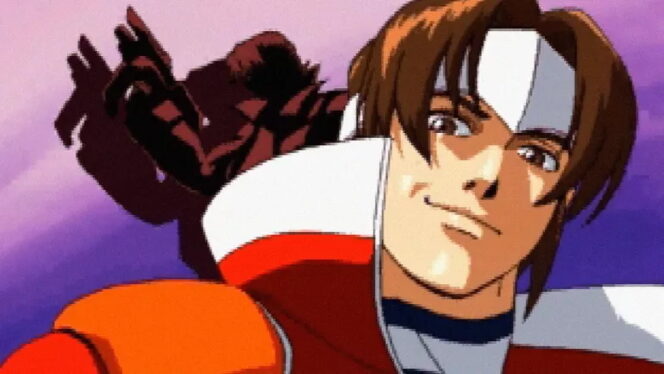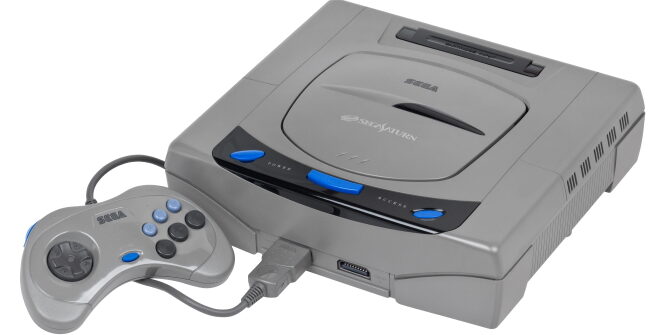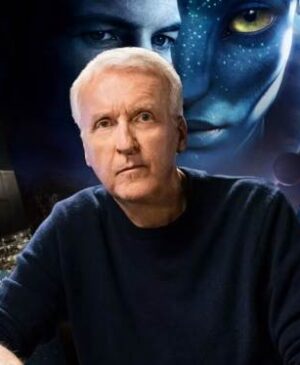Hideki Sato, hardware designer and former president of Sega, spoke about the problems they faced during the development of the Sega Saturn.
Hideki Sato is an industry legend and the father of most of Sega’s consoles, including such popular consoles as the Master System, Mega Drive, Dreamcast and Saturn. Despite being responsible for such great titles as Panzer Dragoon Saga, Nights into Dreams and Burning Rangers, the latter is remembered for the many headaches Sega had in switching from 2D to polygonal graphics.
“Sega’s internal studios were not ready for 3D” – Hideki Sato
Sato talked about this in an interview with Beep21 magazine, the full version of which can be read on the Sega-16 forum. In it, the hardware designer revealed many details about the Saturn development process, their problems, and the options they were considering. Firstly, before the Mega-CD was released, the early start of the project led Sega to work in parallel, using cassette and CD-ROM as the final format. The cost of CD-ROM drives was initially a big problem, but eventually, the significant capacity difference determined that CD-ROM was chosen as the final format for the console. Sato recalled that although ‘Saturn’ was originally just the code name for the project, it ended up being the trade name for the most part.

Panzer Dragoon (1995)
The problems with Saturn started from the very conception of the console. Sato admitted that the machine was not initially designed for 3D. The hardware designer was not hesitant to take responsibility. However, he explained that the problem lay because the indoor studios lacked 3D development skills, having grown up on 2D backgrounds and sprites. Only Yu Suzuki and AM2 had experience in polygonal graphics, thanks to the Virtua series. Suzuki had been trained in a different subject at university than most of the developers at Sega, making it very difficult for the team to change their designs quickly, as practically their entire staff had to learn programming from scratch.
Sony was free to choose 3D
Sato admitted that he had looked at Sega’s development teams at the time and concluded that it would be “impossible for them to make 3D games”. Saturn was due for release in 1994, and software development was scheduled to start in 1993, in some cases even earlier; with over 1000 developers in the games division, it was not possible to make the transition to 3D development in time. Meanwhile, Sony was free, with no software development teams to constrain it in hardware development, forcing it to create hardware designed for polygonal development.

Burning Rangers (1998)
Sony’s polygon-centric approach alerted Sega to Saturn’s problems
Sony’s pursuit of 3D made the company realise they were in serious trouble: the Saturn had only one Hitachi SH-2 as its main processor, which prompted Sega to add a second SH-2 to increase the console’s processing power, cascading the two. Although they managed to get Saturn to have 3D capabilities at the hardware level, the development tools were still lacking. Most Sega teams could not develop for Saturn, and it seemed utterly impossible for third parties to do so.
Eventually, AM2 could produce a graphics library, although as Sato said, this could not even be called a development kit. It took most studios a week to get something working on Saturn. On PlayStation, Sato admitted that an alliance had been negotiated with Sony after the failed collaboration between Sony and Nintendo, although no agreement was reached.
Sega Saturn’s performance could have been very different
Now, almost three decades later, Sato has admitted that Saturn’s performance did not fully live up to expectations. He believes that he may have been too considerate of Sega’s internal software when making the hardware and regrets that he didn’t choose one of the best options available to them at the time: the Sega Model 1 arcade hardware as the basis for the Sega Saturn. “However, I couldn’t help but think that it would have been better to simply force the change, get rid of all our previous development tools and start from scratch. We might as well have gone for 3D polygons…”
Source: Beep21
(Our cover photo shows the first Japanese release of the Sega Saturn, from November 1994.)















Leave a Reply